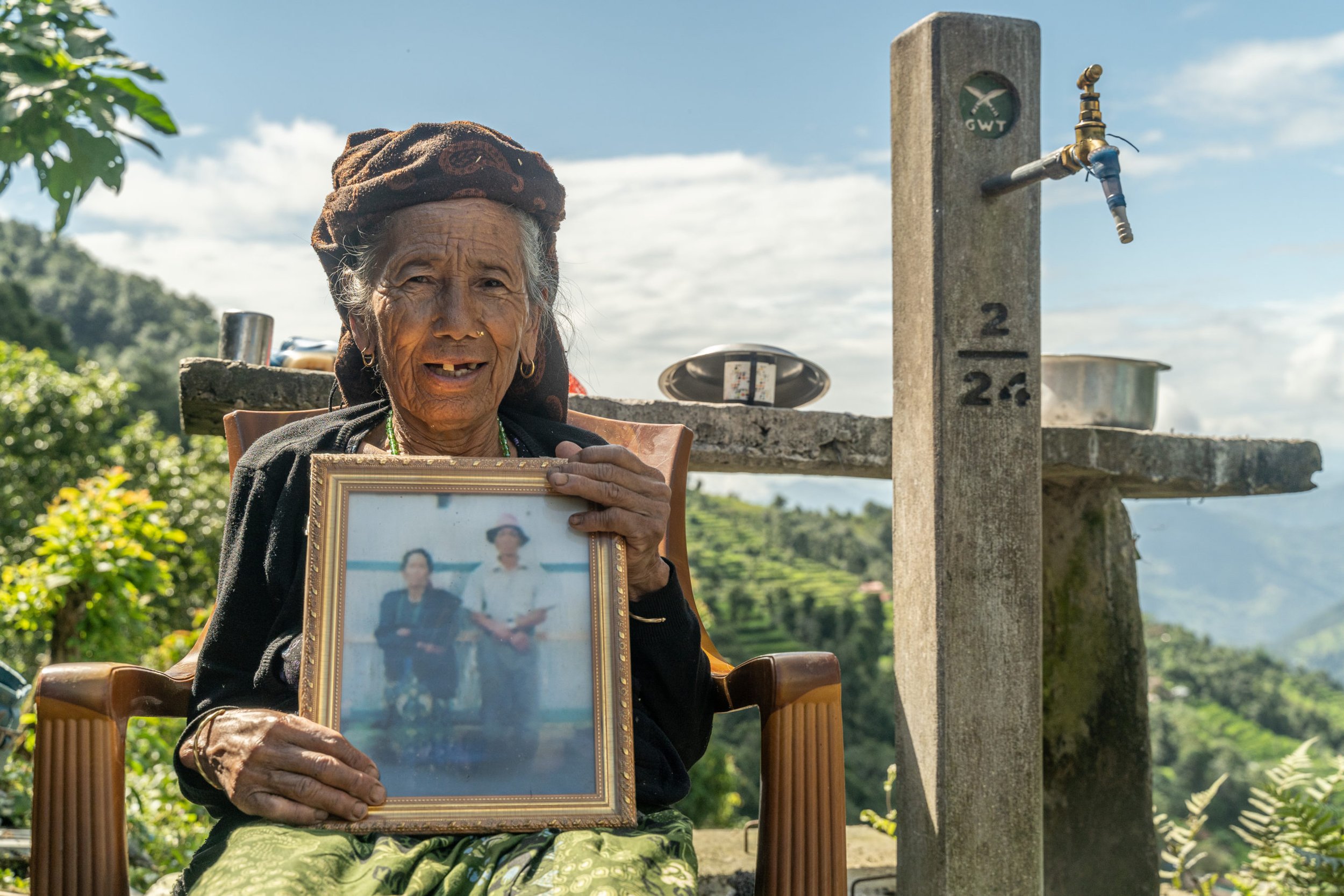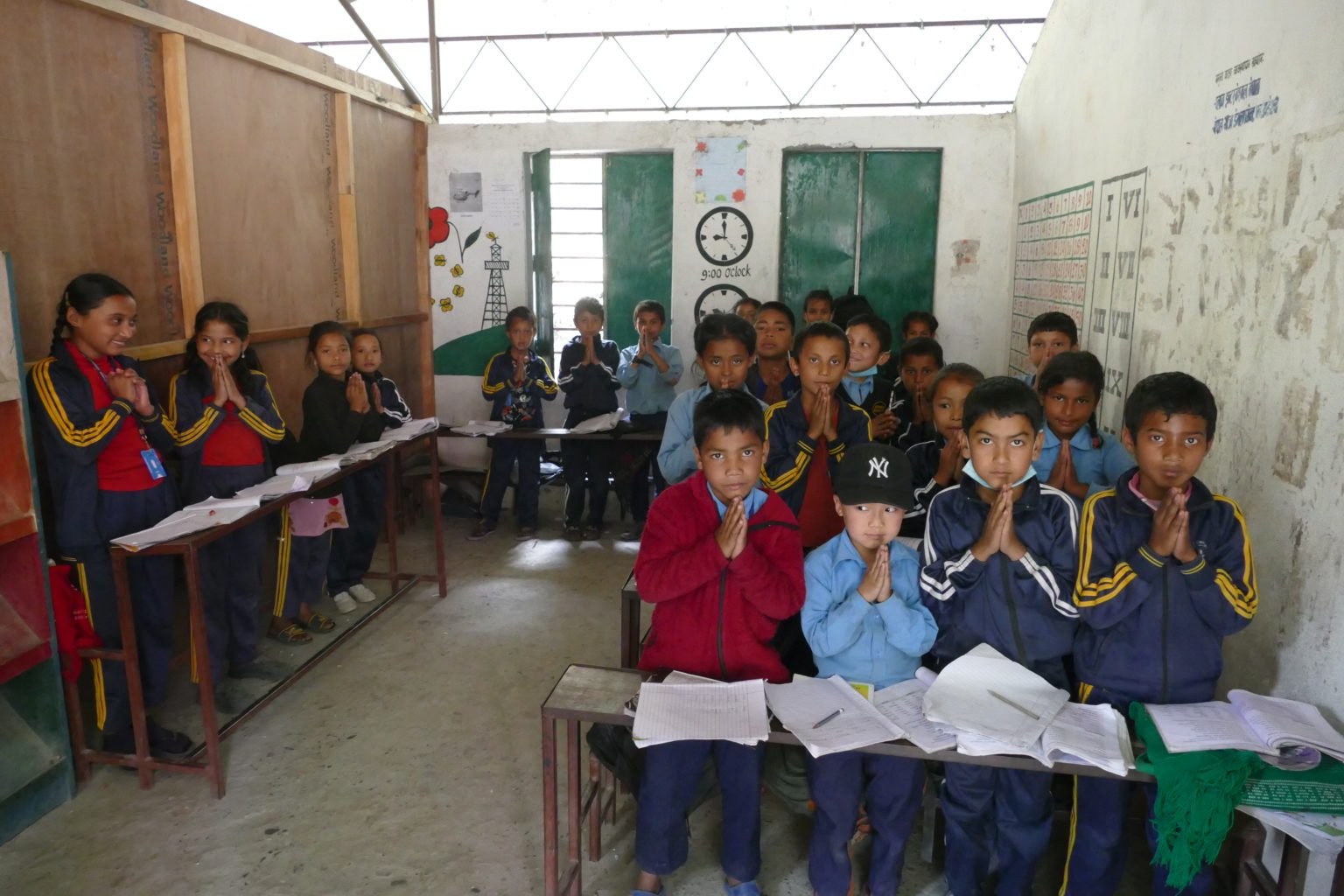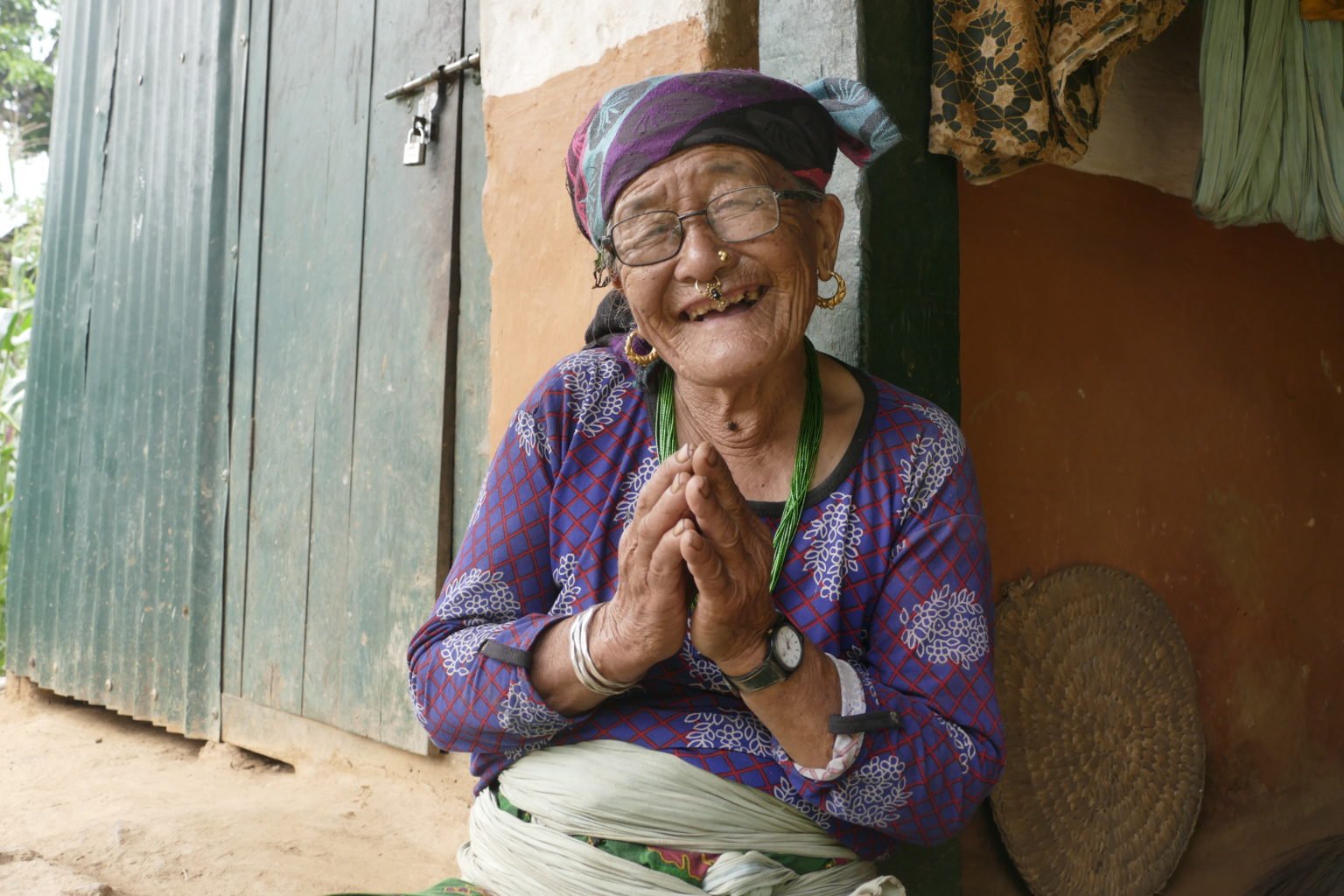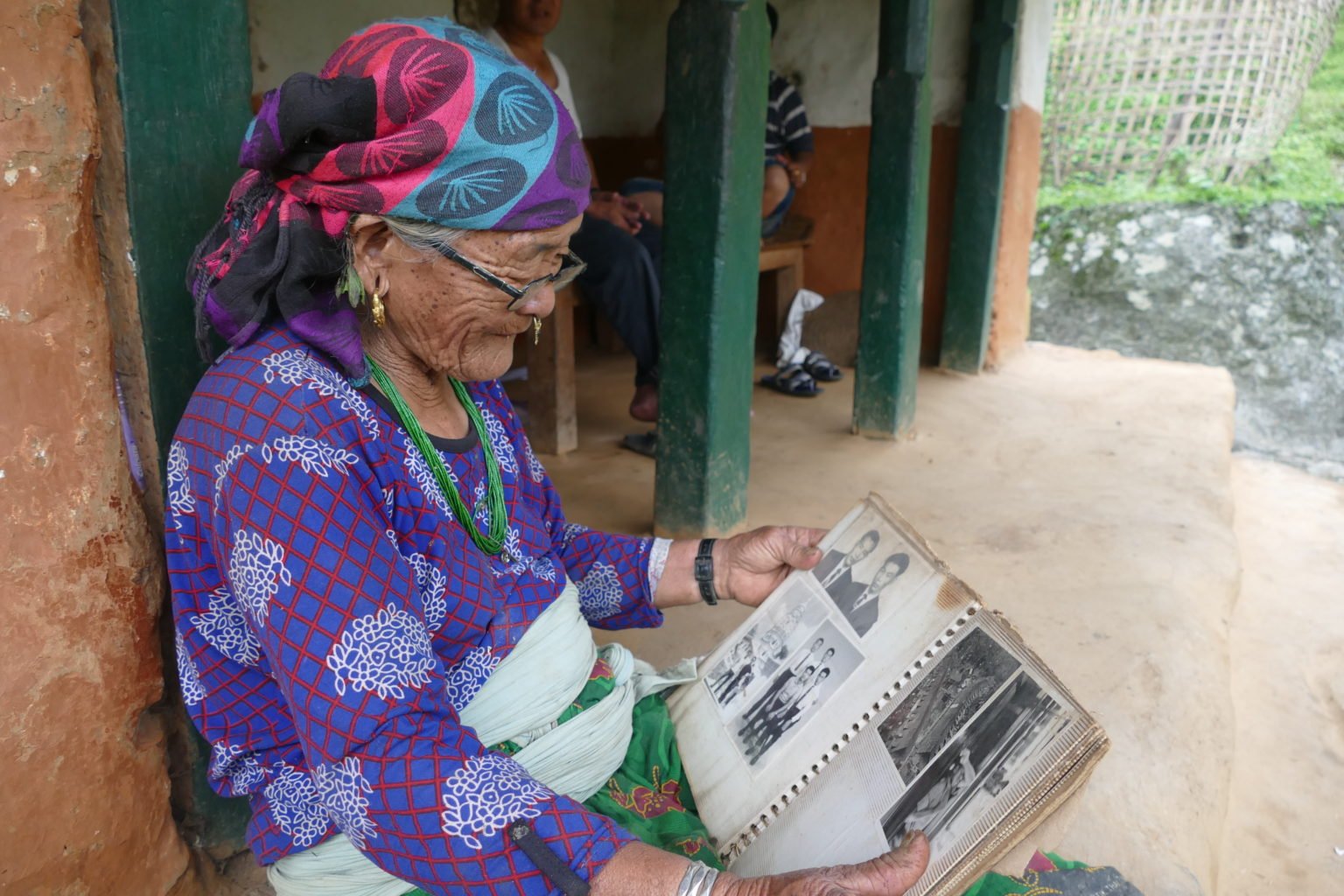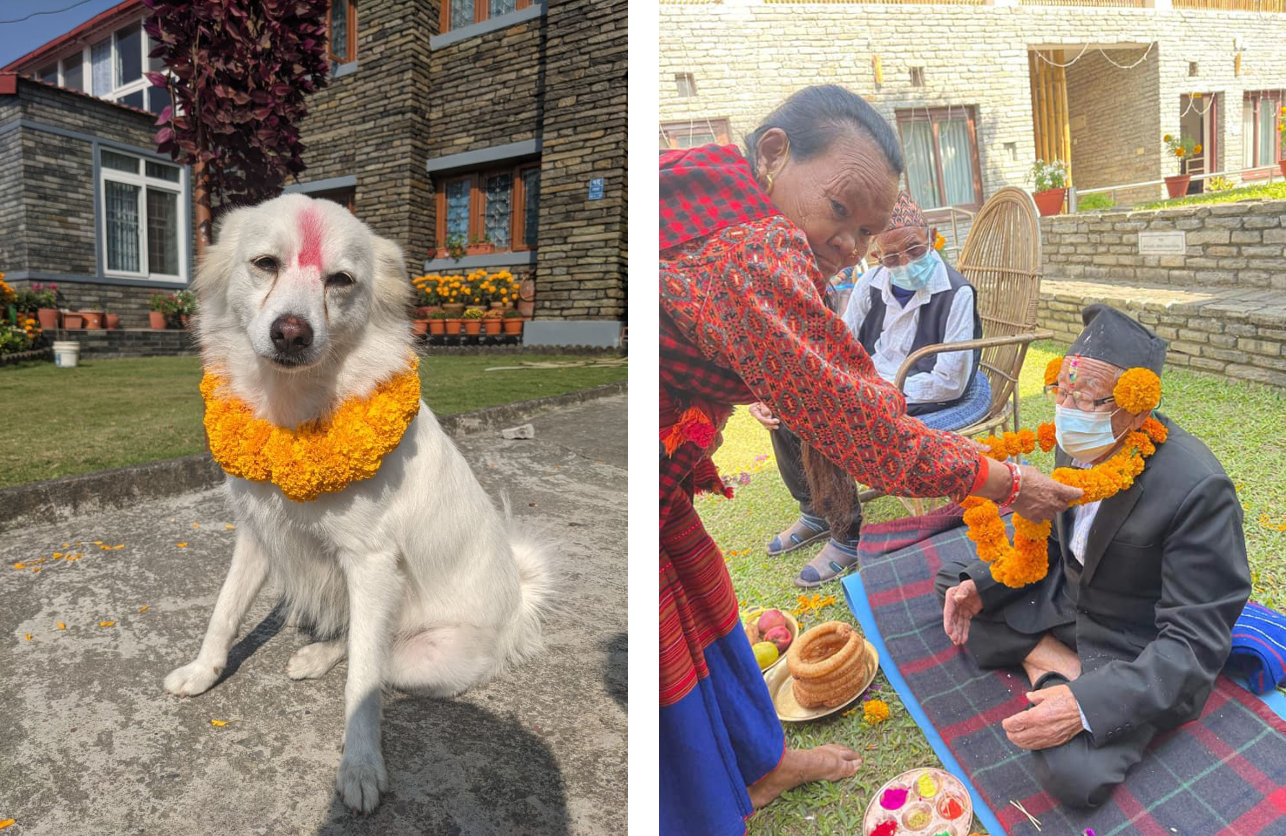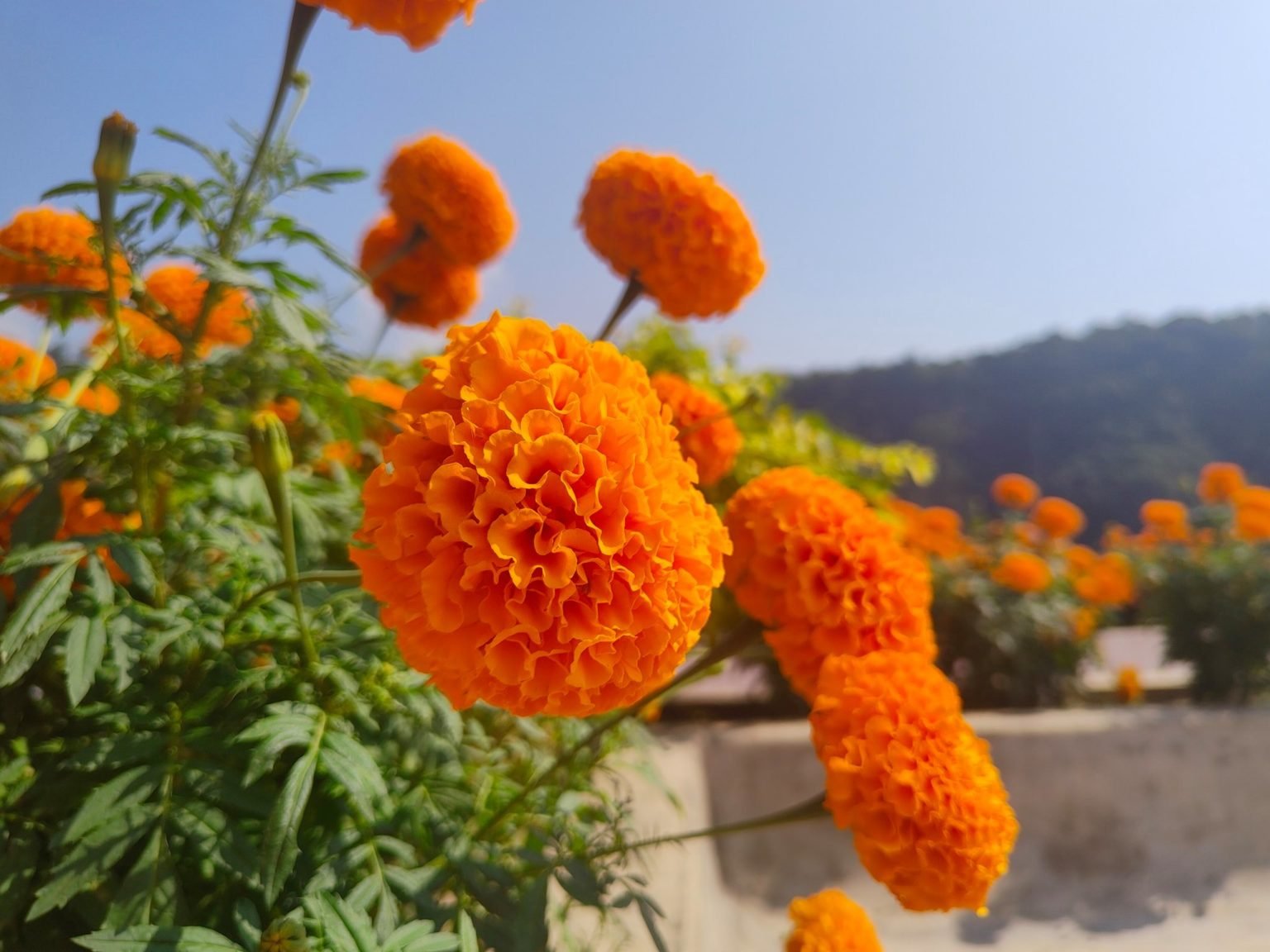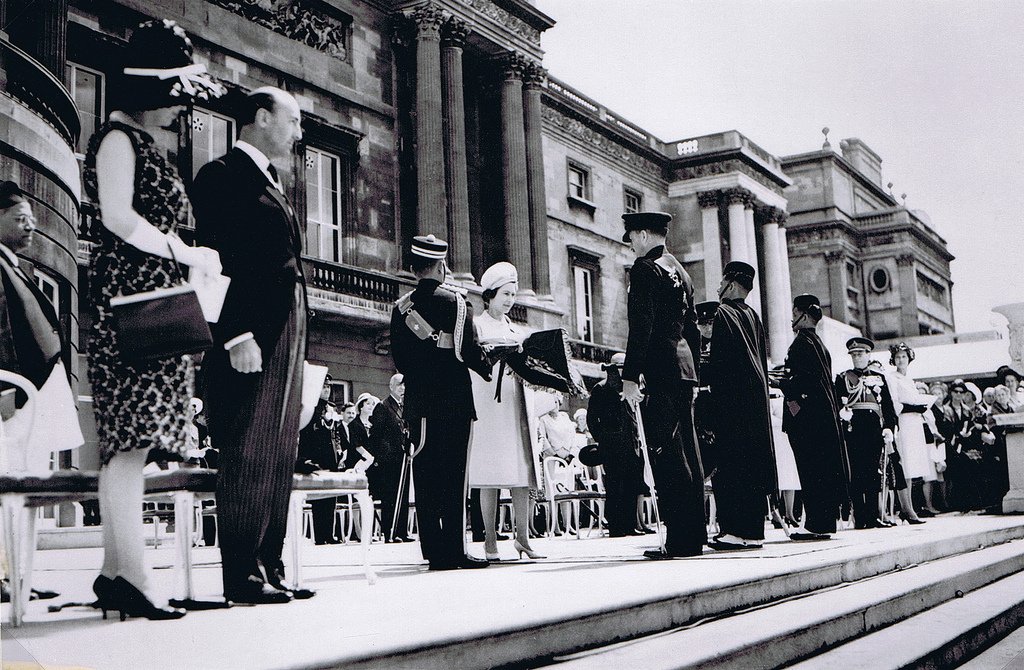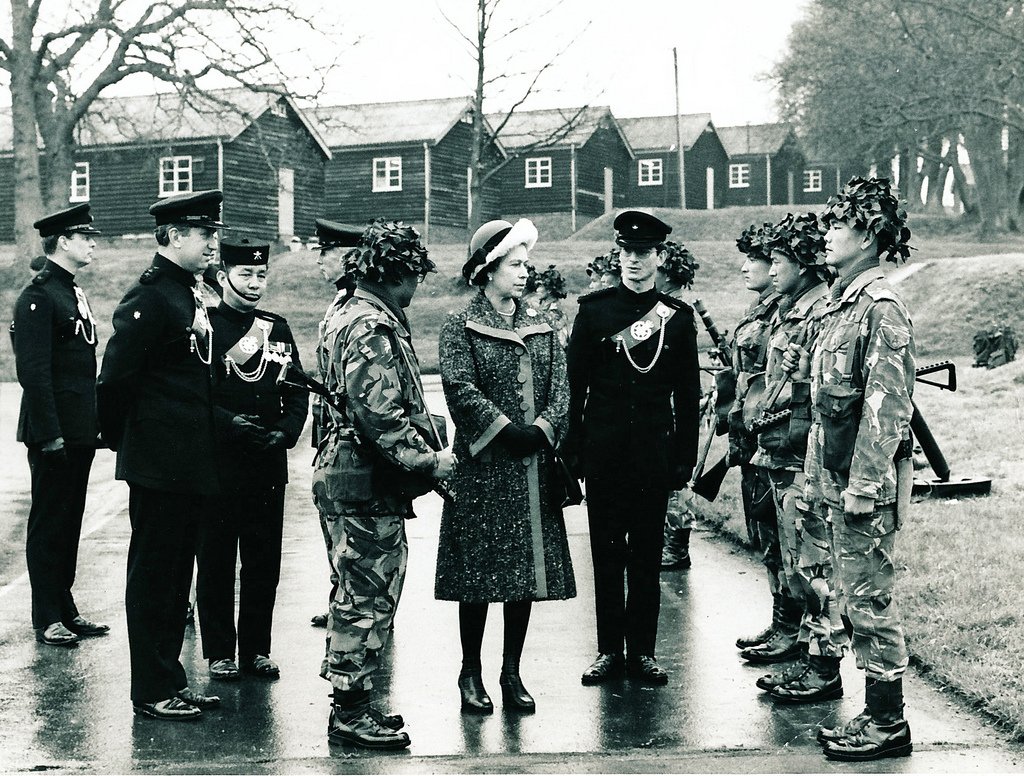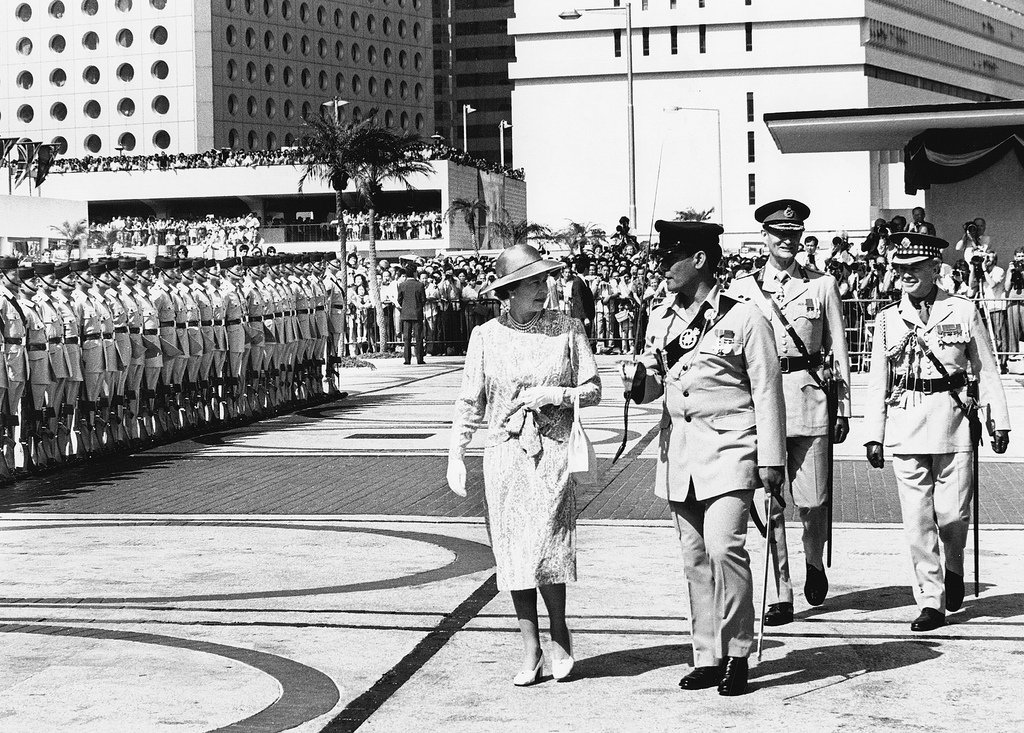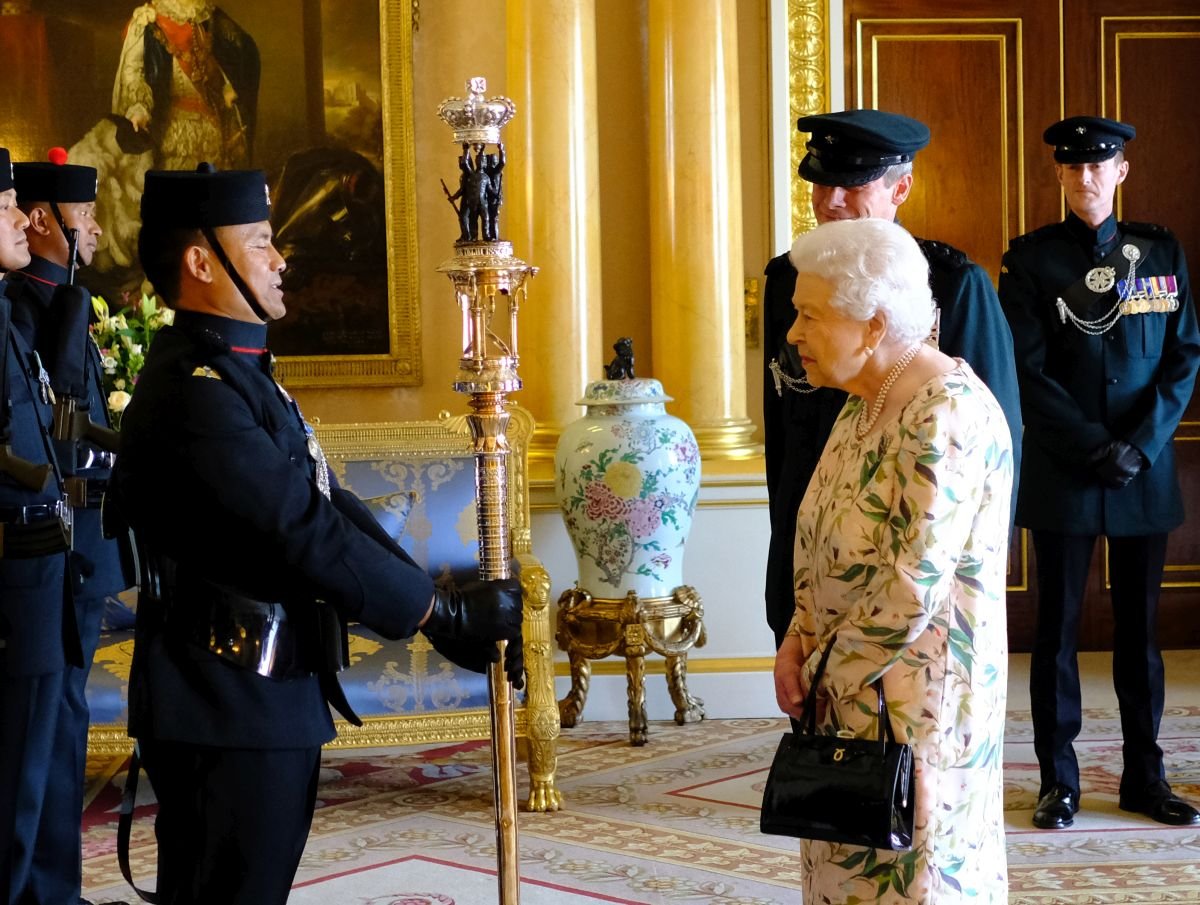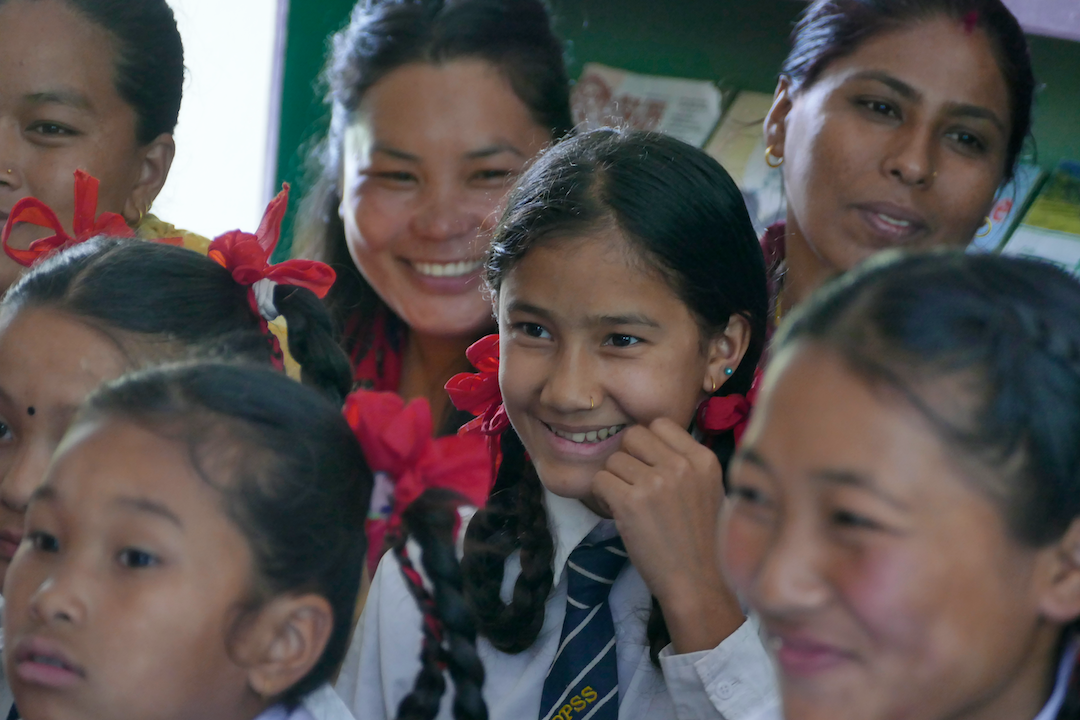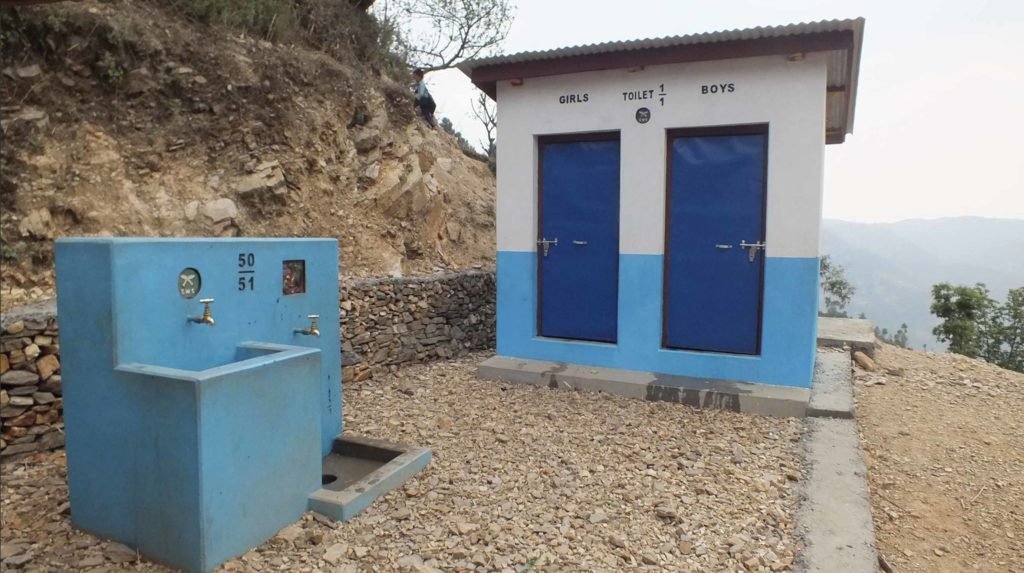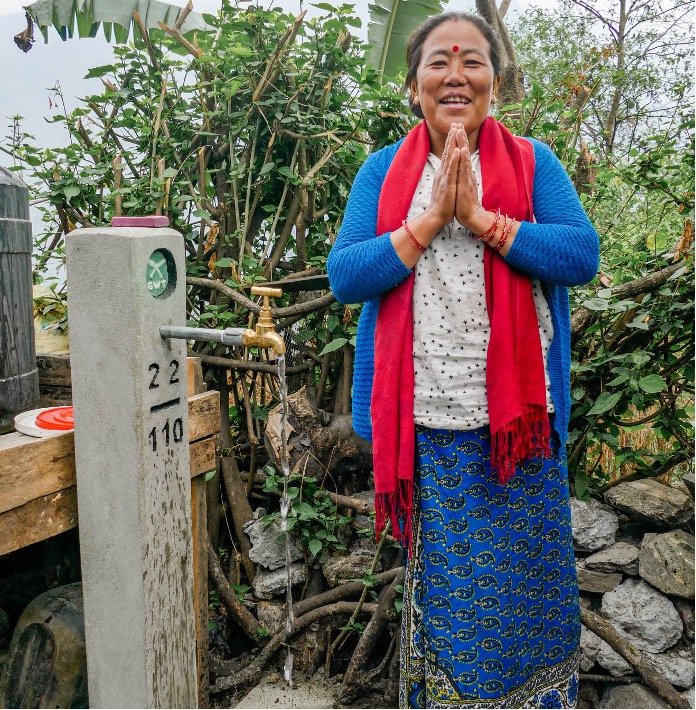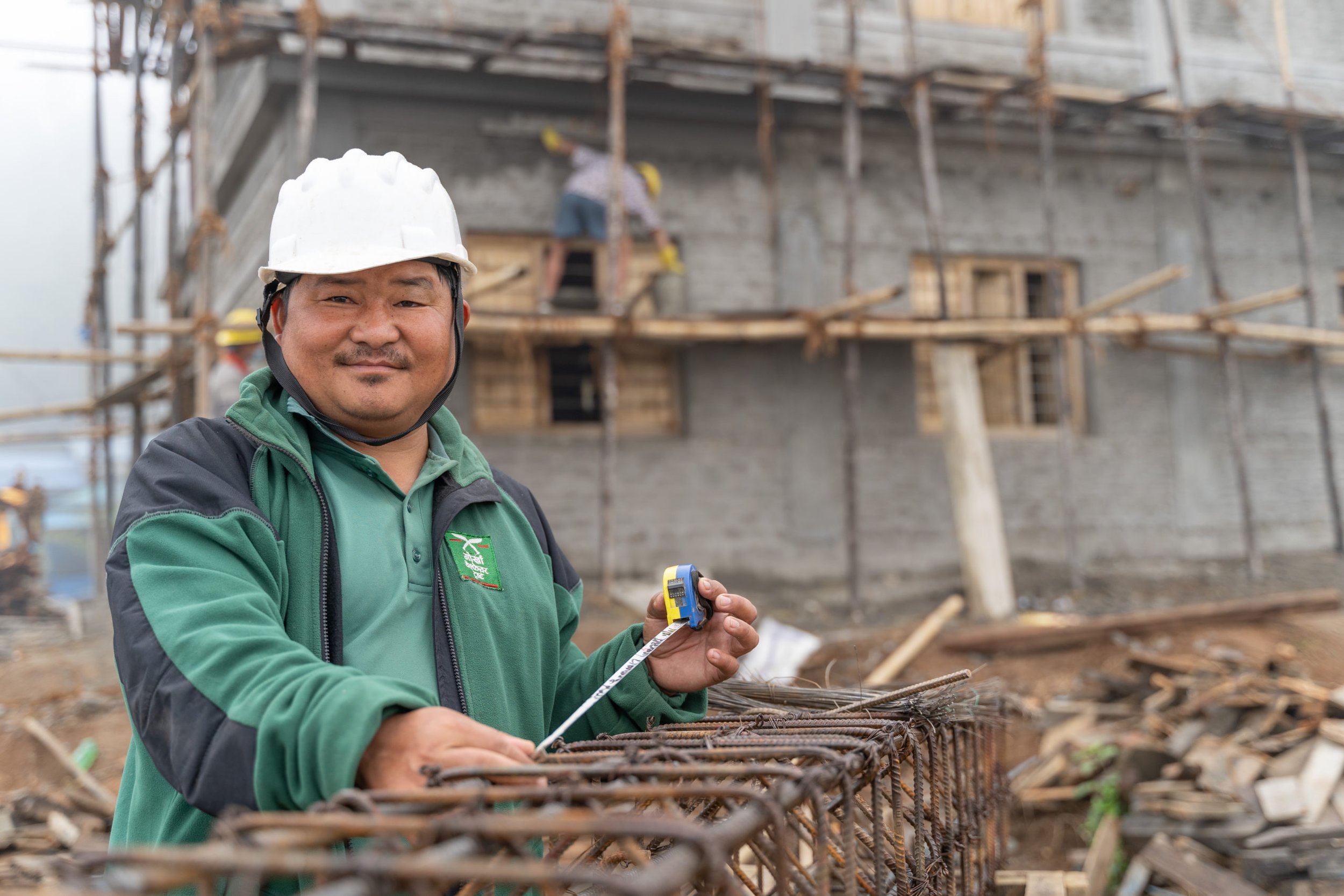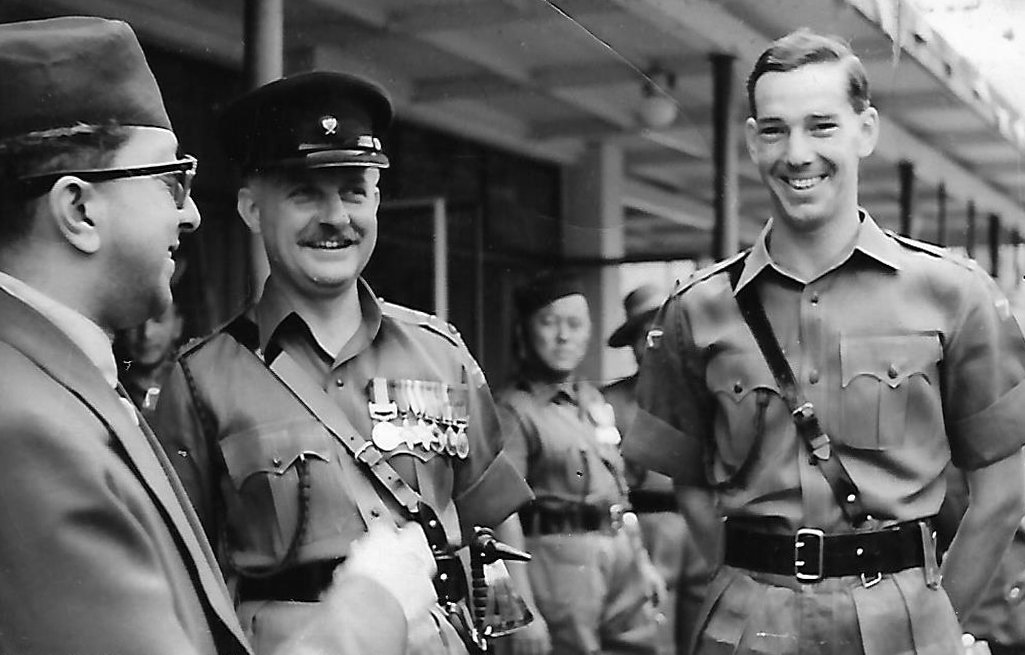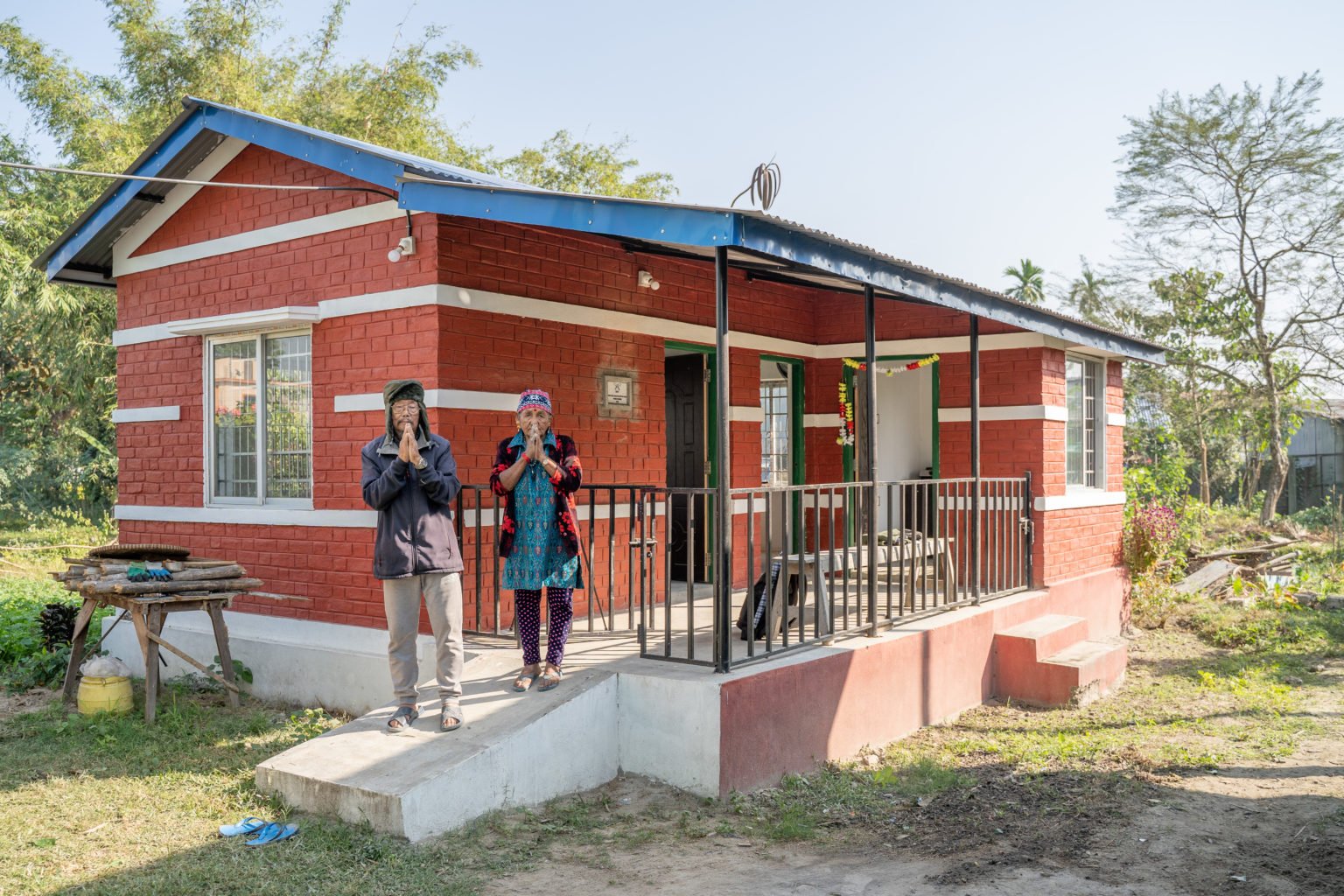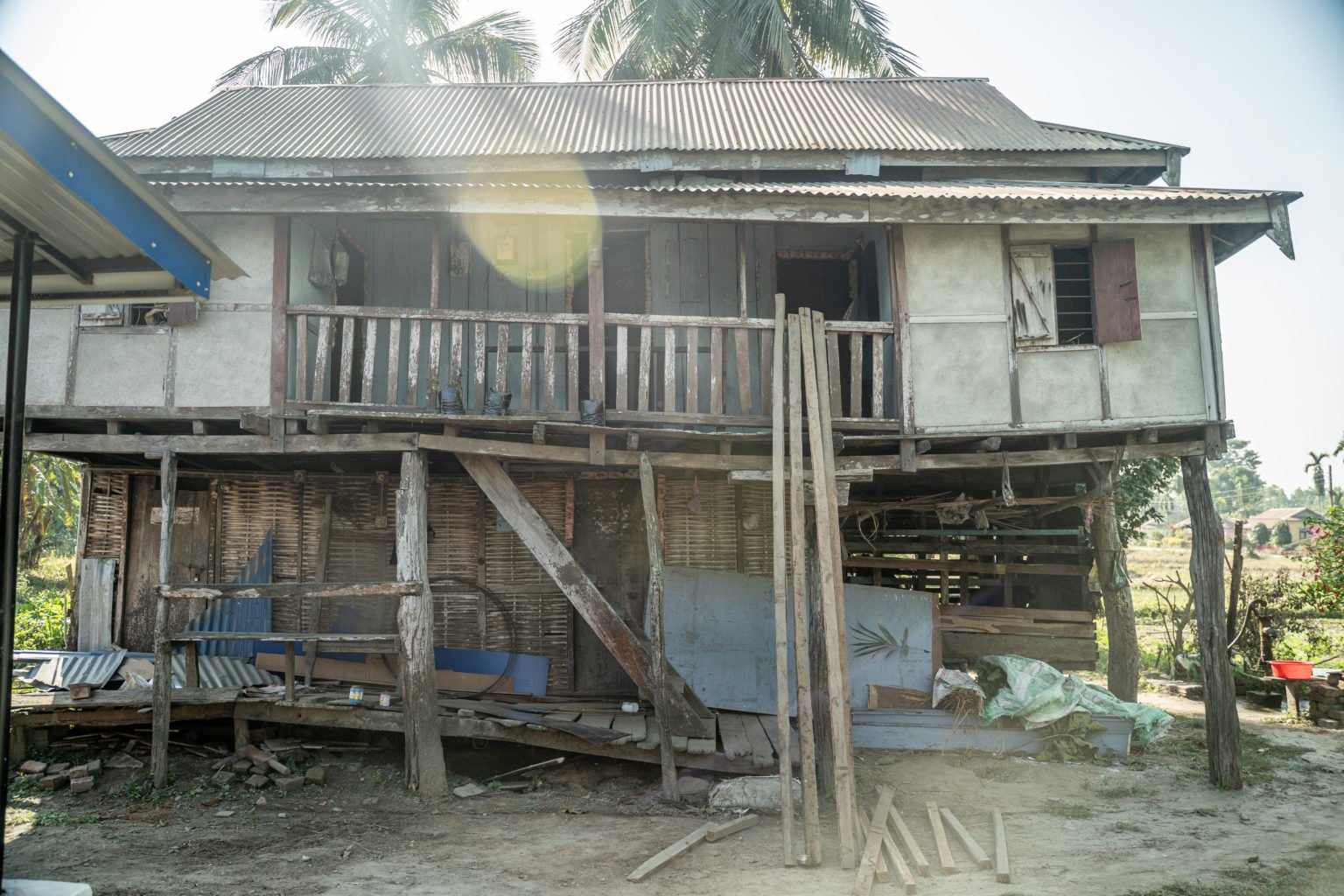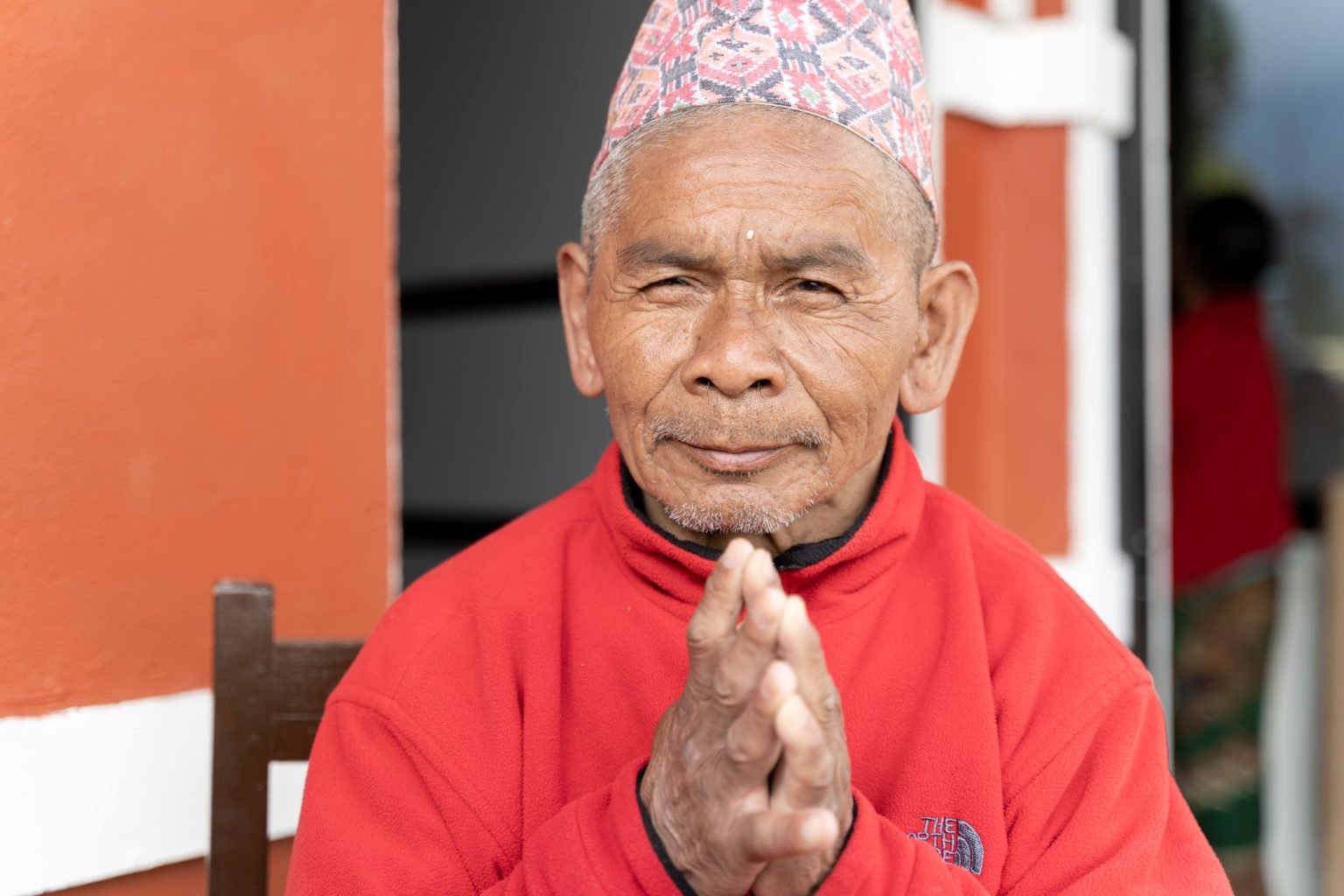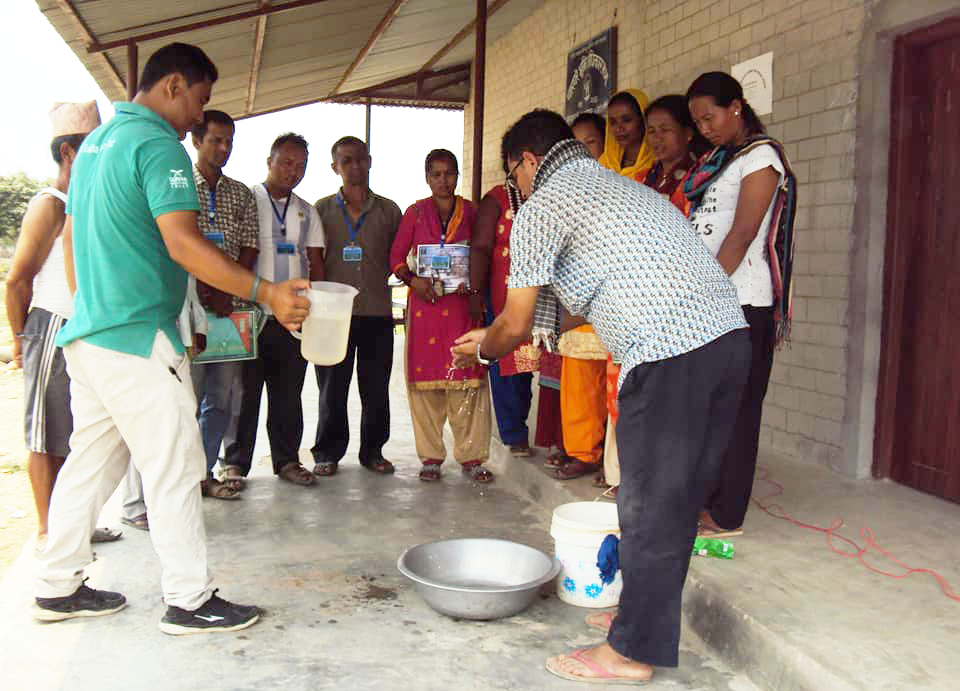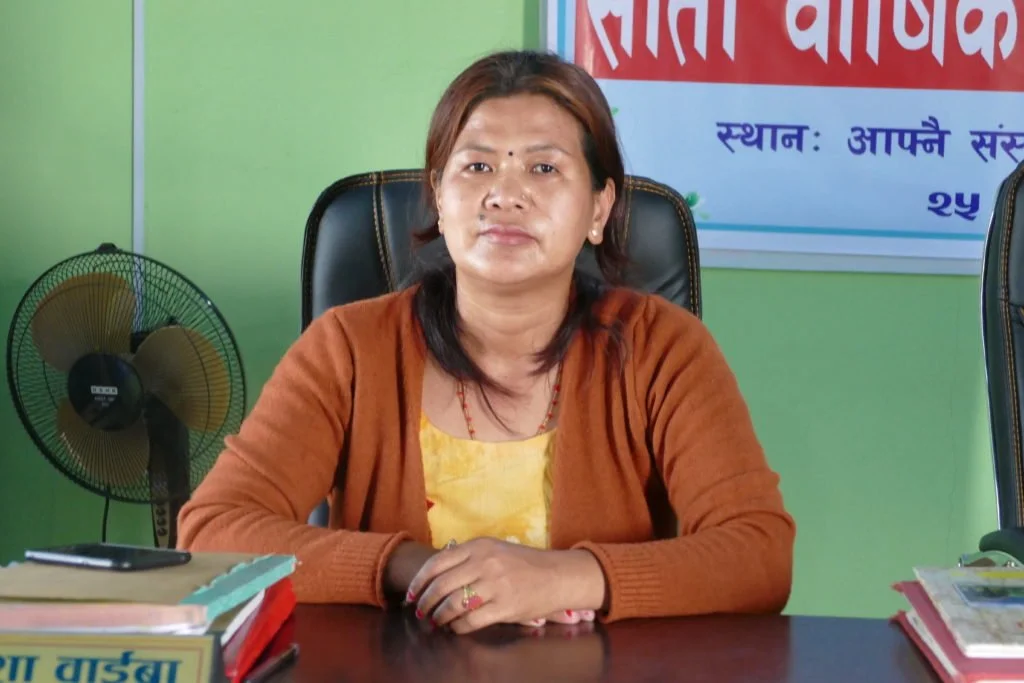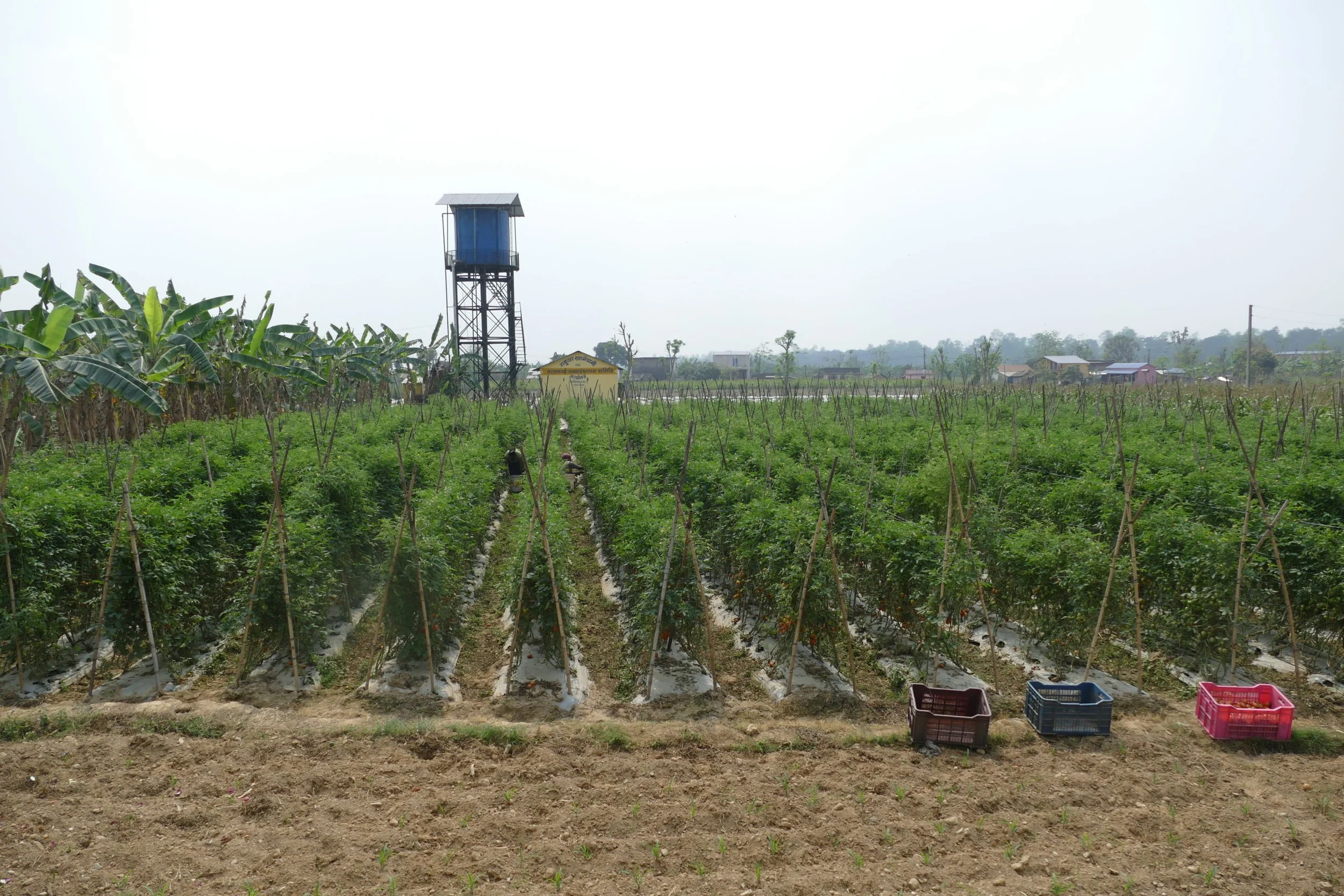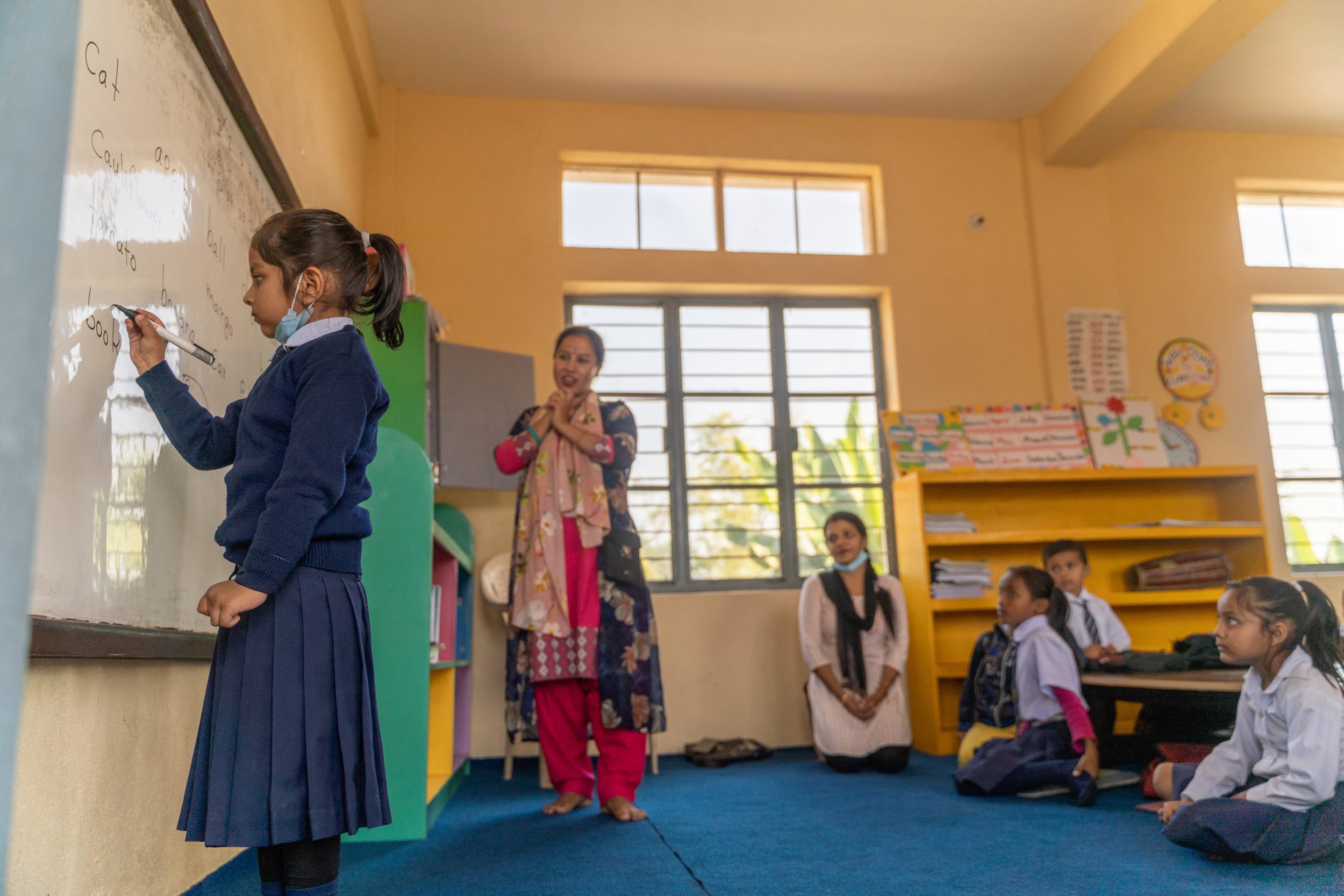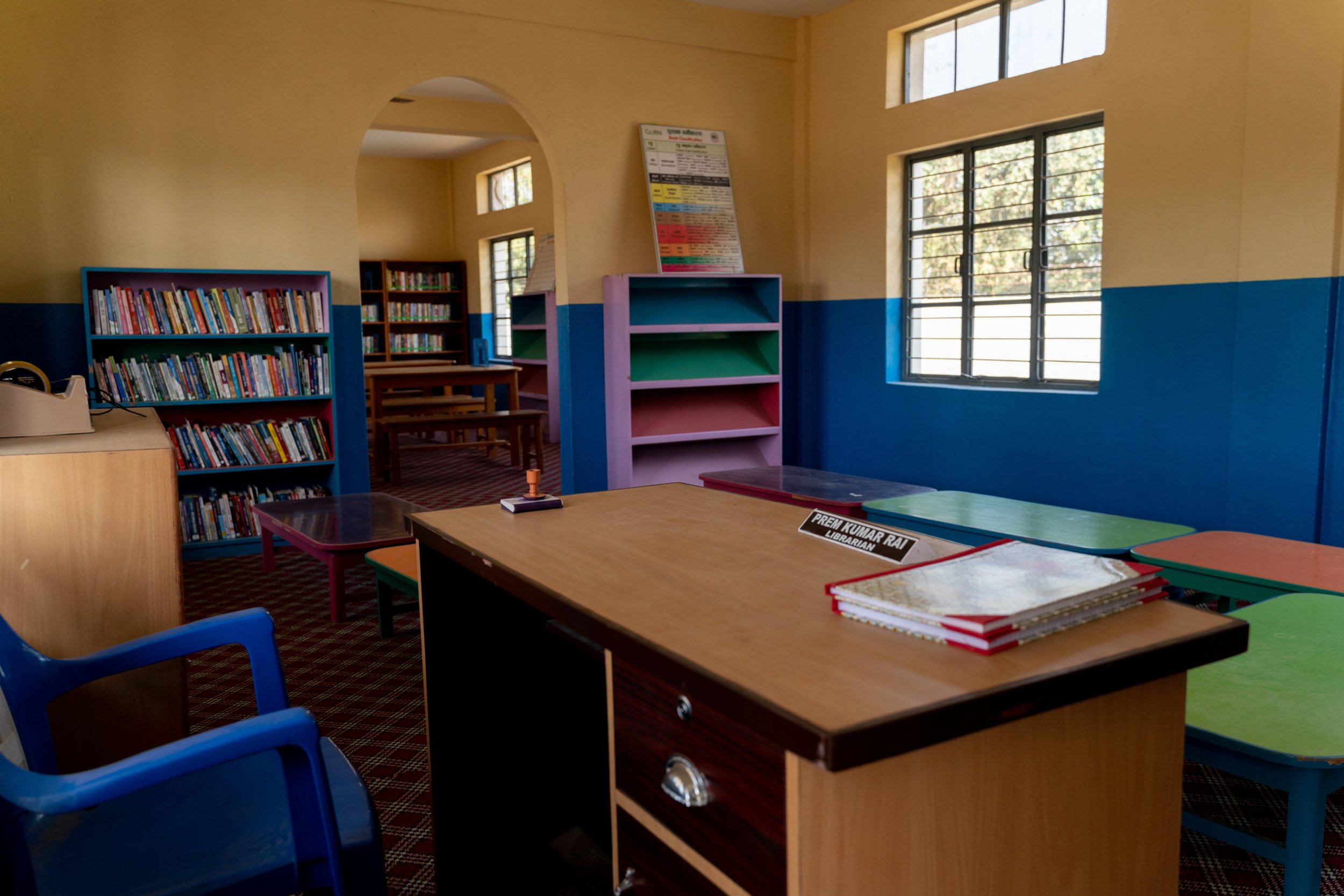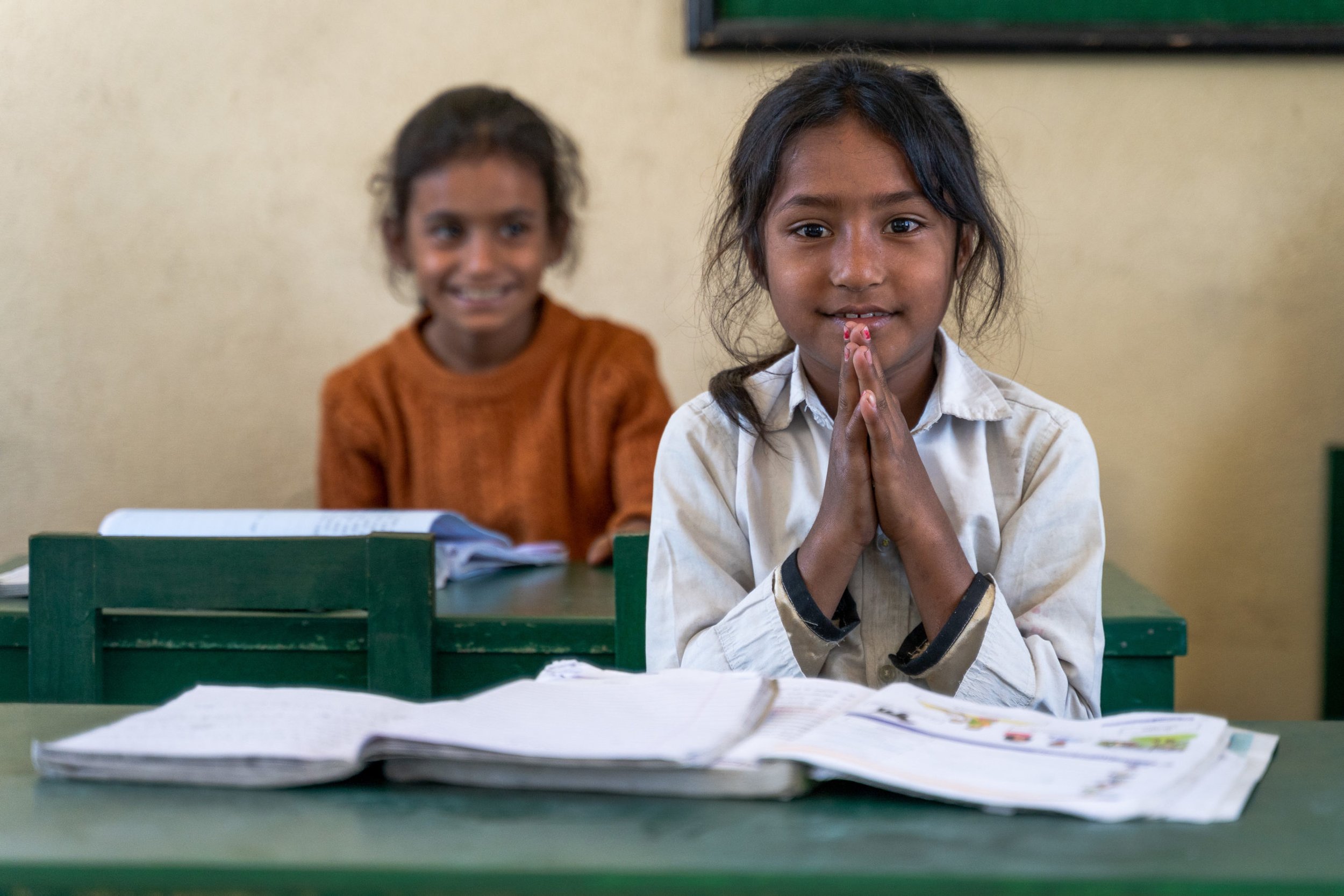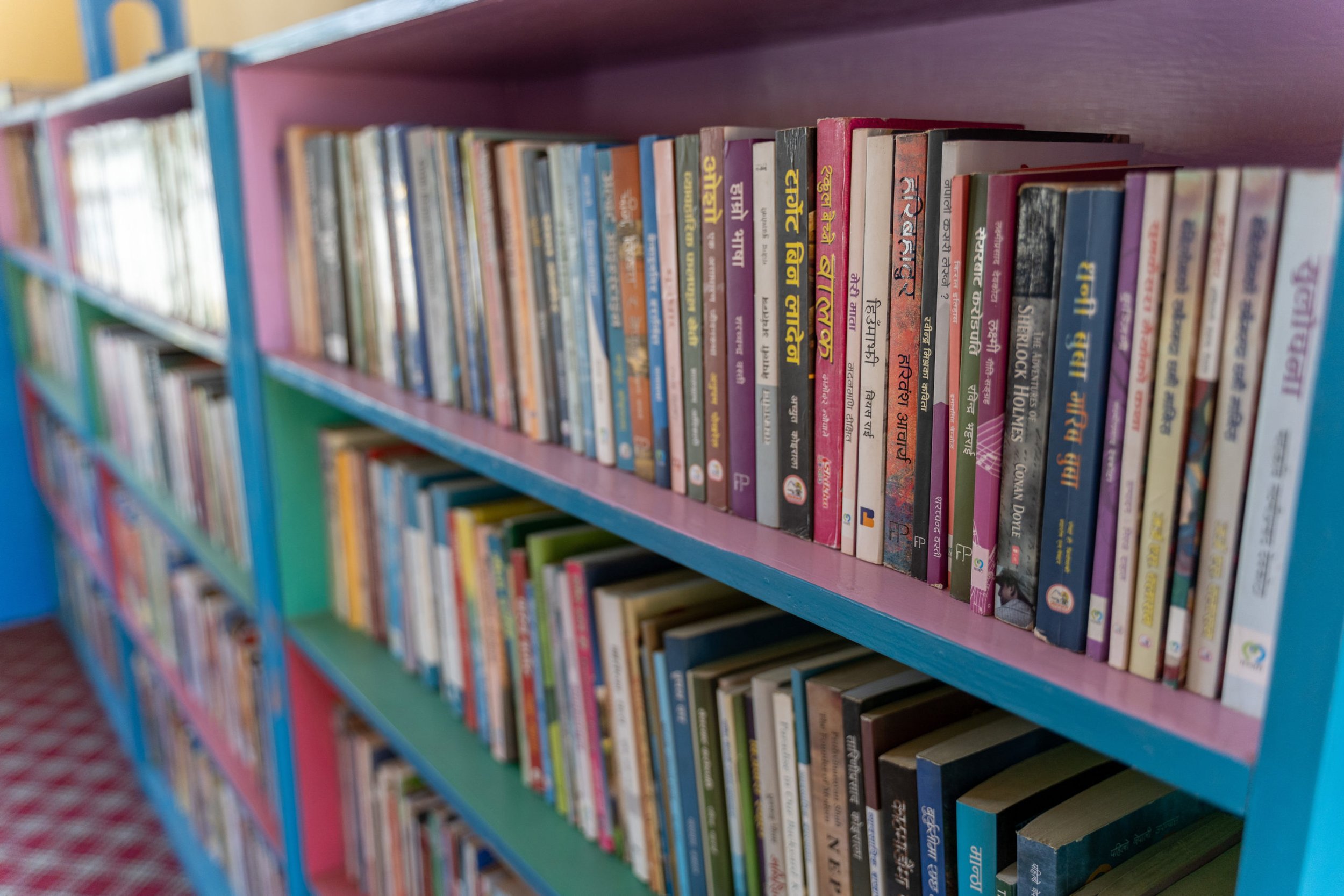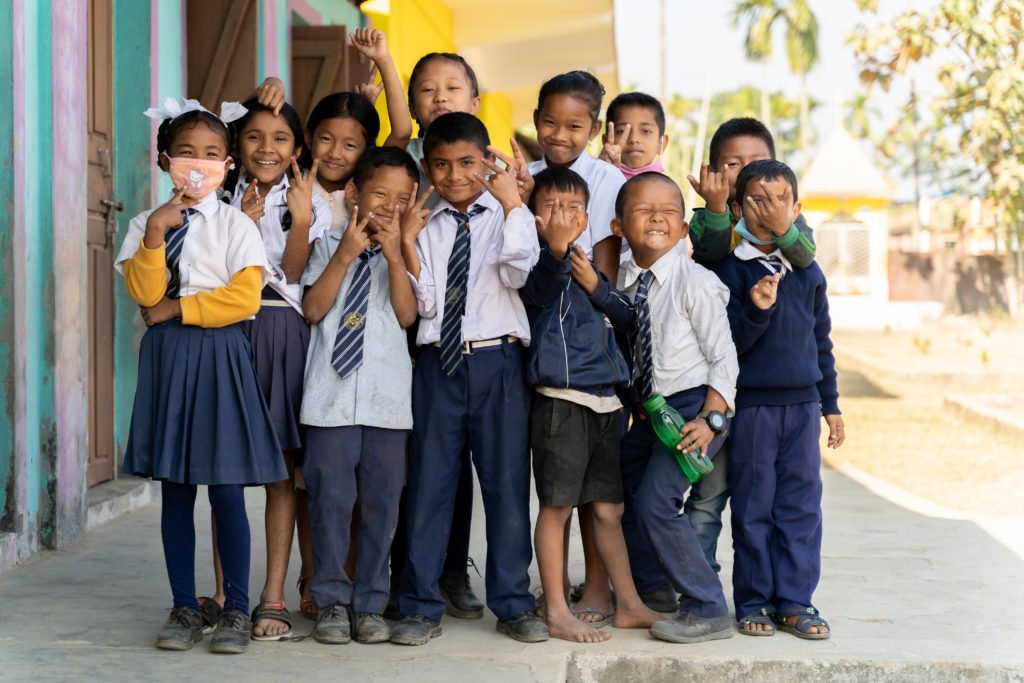World Water Week 2022: Bringing clean water to Barswara
/This week is World Water Week, and we wanted to highlight one of the greatest gifts we can give: empowering communities in Nepal with clean water. By ensuring a safe water source and providing education on the importance of sanitation, we see a sharp drop in waterborne diseases.
Gurkha widow Masino Gurung told us that she is forever grateful to the GWT’s donors for helping bring clean water to her village. At 78 years old, Masino cannot walk far distances, and before our intervention she struggled to collect clean water every day.
“We faced a lot of hardship for water in the past,” Masino said. “I have a problem with my back – so it was very difficult to fetch water.”
Masino’s rural village of Barswara is 100km from Pokhara, and you’d need to travel off-road for half the journey to reach it. When we first arrived, it was clear that the communal water tap system was far from adequate – perhaps even dangerous. During the monsoon, the water became dirty as it would fill with debris from its unprotected source, putting the health of villagers like Masino at risk.
The GWT worked together with the villagers to create a plan that would provide water for years to come. From water tanks to pipes to sand and cement, none of it would have been possible without the help of our supporters.
Masino Gurung and her grandchildren can now enjoy clean, safe water.
“The GWT’s new water system was difficult to build and took three months to complete – with everyone working together,” Masino said. “Now, we have water to our doorstep. We have forgotten all the hardship. We are forever thankful.”
Lila Gurung, another villager in Barswara, helped coordinate the water project’s construction as the Chairman of the Water Users and Sanitation Committee. He said the community is thrilled to have safe water at their doorsteps.
“It has become very convenient now,” said Lila. “We have running taps at every house. We use it in our bathroom, kitchen and also to feed the animals. We are no longer required to carry water from the streams and communal taps.
“The donors have helped this remote community. From me personally and the villagers, a million thanks!”
Lila Gurung uses his new water tap stand.

